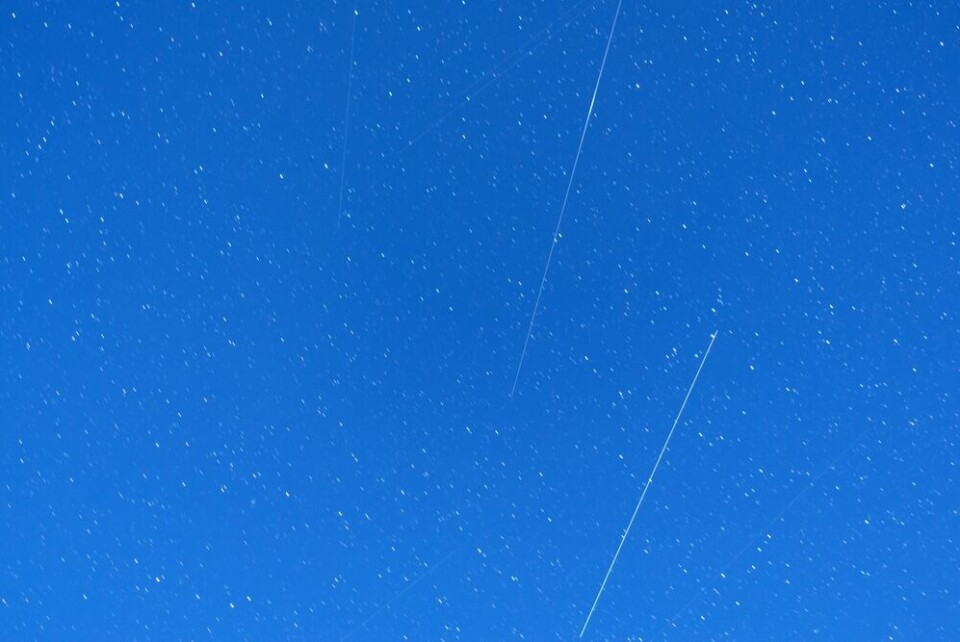-
French home energy bills to rise in 2026
Household electricity and gas bills will increase by around €50 per year
-
Social charges on UK government pensions: France residents report progress
Issue now drawing attention at the highest levels
-
Good news for many micro-entrepreneurs in France: plans to lower VAT threshold rejected by Senate
Vote reverses proposal to lower tax exemption thresholds for self-employed workers
If clouds allow look up tonight for shooting star show over France
The Quadrantid shower reaches its climax with up to 200 visible meteors per hour

Up to 200 shooting stars per hour will be visible in the sky tonight - clouds permitting - as the Quadrantid meteor shower reaches its climax.
The Quadrantid meteor shower is a global phenomenon that happens each year in early January as our planet crosses through a cloud of dust from a rocky asteroid.
It is similar to the Perseid and Geminid meteor showers that happen in August, and December. However the Quadrantid shower is slightly fainter than both.
To see an interactive map of Earth’s path through the Quadrantids .
Where can I see the Quadrantid meteor shower?
Viewing conditions are by no means perfect in France, with heavy cloud cover over much of the country and a waning gibbous moon lighting the night sky.
This means that the best time to see the Quadrantids in France is before the moon rises, which will happen at 00:59 on January 4.
In France, the Quadrantids will start the night low in the north-eastern sky, between the constellations of Draco and Bootes, rising towards the zenith by dawn.
An interactive star map is available .
The shower will remain visible until January 12, however, it will reach its peak in the early hours of January 4, according to the International Meteor Organisation, with up to 200 shooting stars visible per hour.
Read more:
Look up to see up to 80 shooting stars an hour from tonight in France
PHOTOS: Northern Lights captured over France
Great balls of fire: How to watch the Perseids in France this weekend























